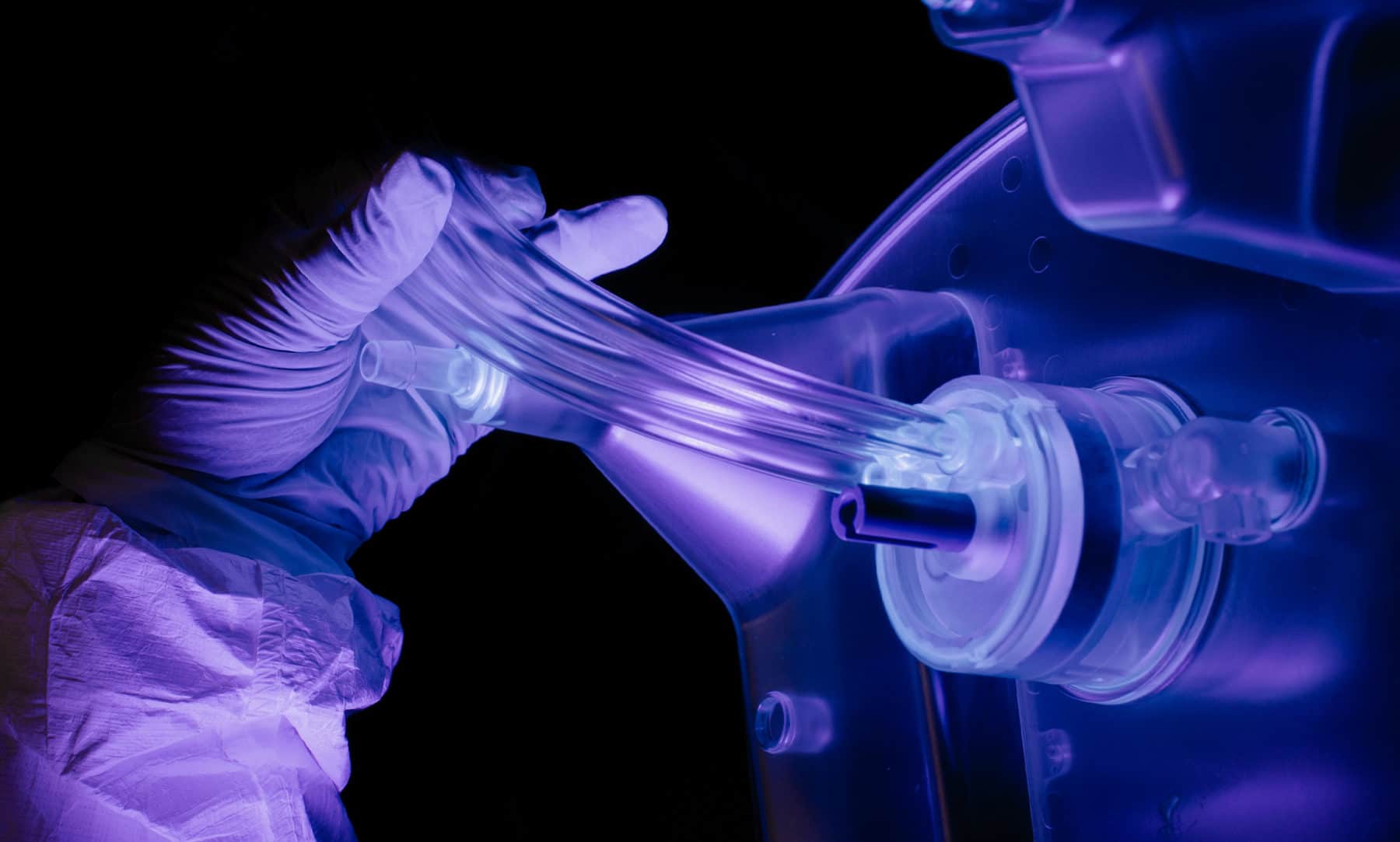Anti-microbial coatings for medical devices under MDR

In short: this is not the case. The MDR is not stating that anti-microbial coatings are required when medical devices are manufactured under MDR. What people are actually implying is that the biocompatibility concept is one of the very important new demands in the MDR.
A bit of history to make it understandable. Biocompatibility of medical devices is regulated by the ISO 10993 family of consensus voluntary standards. Under the MDD the 2009 version of the ISO 10993 series is used. The 2009 version is sort of a checklist: you ‘put’ in your medical device parameters, find in a table what tests you should do, go to an accredited test laboratory, get the tests done, get reports, put them in your Technical File and the biocompatibility subject is closed.
For a whole set of reasons starting from exaggerated retesting of the materials that are long on the market, costing both time and money, to manufacturers and ecological/animal protection, in 2018 a new version of these standards were released. The new version of standards takes a different approach; an approach equal to the one required by MDR: a combination of risk management and the Biological Evaluation Report (BER).
So what both MDR and ISO 10993-1:2018 require from a manufacturer to be compliant with Biocompatibility demands, is that they both request that a manufacturer understands and have full control of all materials that are used in his medical device and that can come in contact with a patient and/or operator(!). Now, similarly to the Clinical Evaluation Report, first a literature study should be done regarding the materials the medical device would be made of. If the materials are well established and have a good working history in medical worlds, proper documentation of the findings in the BER using a risk management approach should be enough to comply. However, if new materials or new combinations are used, and there is no literature body available to support their safe use, the risk management exercise should be done and necessary biocompatibility tests to proof the safe use of the materials should be identified. Again, all should be properly documented in the BER.
So, bottomline, to comply with MDR, you do not need to go coat your device with something hypoallergenic (the coating brings with itself other issues you need to document, it is not a miracle solution), but to open your Technical File, list all material components that are in contact with patient and operator, evaluate them from a risk point of view and write down your results in the BER. If only safe and biocompatible materials with good literature provable history of safe use are used in a given device, nothing should be done to the device itself. The obtained BER, after risk analysis, is enough to be compliant.
If you have any questions regarding coating and biocompatibility, do not hesitate to contact us.